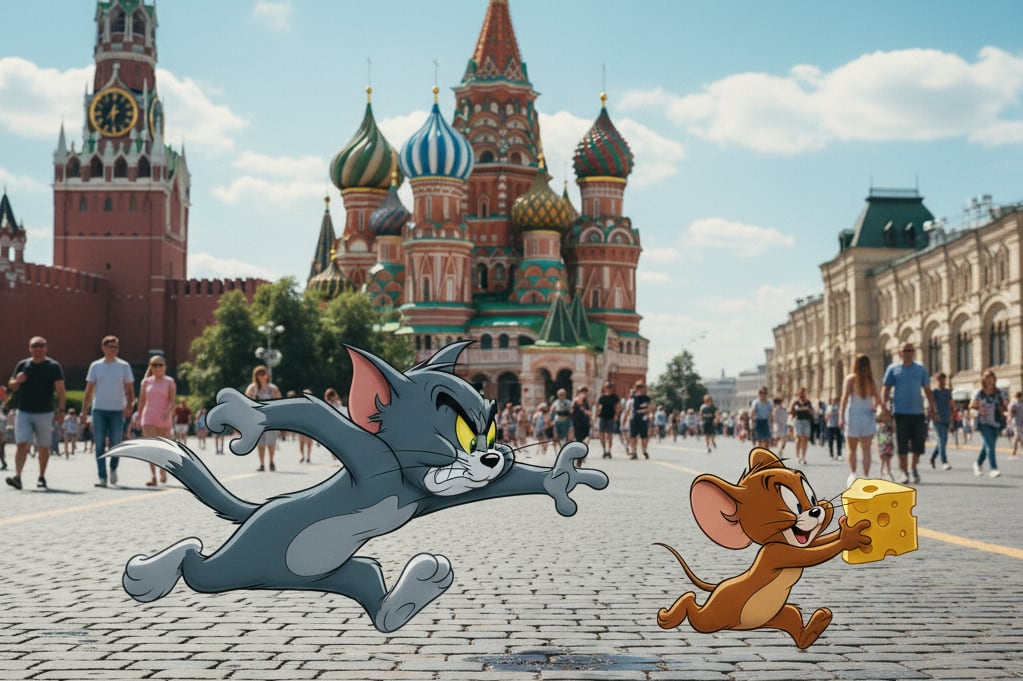Our face consists of three layers. It is the uppermost skin. There are two layers of fat underneath: subcutaneous and deep. These fat deposits come together and give shape and fullness to the face. Beneath the fat are facial muscles, but most of them are quite small.
As we age, gravity pulls the skin down, which can cause the face to sag. The face loses a layer of fat, bones and skin begin to thin.
Face yoga affects individual facial muscles. This is achieved using specific movements or massaging with hands and fingers. However, these exercises will not restore the fat you have lost to your face. But face yoga can help strengthen some muscles, which will make your skin look smoother.
16 middle-aged people participated in the study published in 2018. They performed certain facial exercises for 30 minutes for 20 weeks. Initially, exercises were done every day for 8 weeks, then exercises were started every other day. This turned out to minimally plump the area around the cheeks and the lower part of the face, but had no effect on other parts of the face.
Some people may also notice modest health benefits from face yoga. It is important to remember that facial fullness depends largely on a person’s genetics and body weight.
Overall, facial yoga probably won’t provide long-term or visible benefits.
News materials cannot be equated with a doctor’s prescription. Consult an expert before making a decision.
Source: Ferra
I am a professional journalist and content creator with extensive experience writing for news websites. I currently work as an author at Gadget Onus, where I specialize in covering hot news topics. My written pieces have been published on some of the biggest media outlets around the world, including The Guardian and BBC News.










